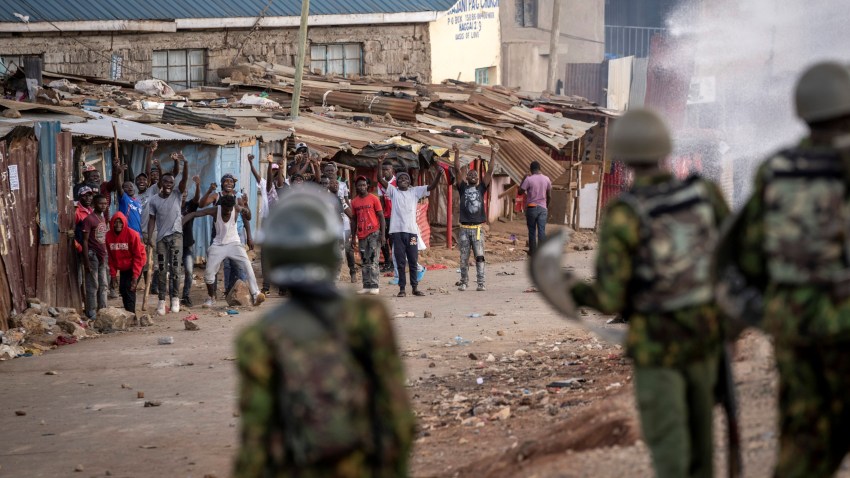It was a big week of demonstrations across Africa as citizens in Kenya and South Africa took to the streets to protest the skyrocketing cost of living and a decline in the quality of public goods and services. These protests took place against the backdrop of a series of major elections across the continent and at a time of growing disquiet about living conditions and the quality of governance. They recall previous waves of protests across Africa dating back to the 2010s and raise vital questions about the limits of elections and their ability to engender broader democratic accountability.
In Kenya, at least one person was killed, six were injured and more than 200 people—including several opposition politicians—were arrested during nationwide protests against President William Ruto’s government and its handling of a slumping economy. Protesters hit the streets of Nairobi, Kenya’s capital, and several other cities in response to a call for demonstrations by Raila Odinga, a former prime minister and the closest runner-up in the 2022 presidential election.
Riot police hurled teargas canisters and used water cannons to disperse protesters, while also disrupting Odinga’s convoy as he addressed his supporters in Nairobi’s Eastleigh and Mathare estates. Odinga had tried to join up with protesters in the city’s central business district, but law enforcement blocked his path and forced his convoy to head elsewhere in Nairobi. Similar scenes were on display across Kenya, including in Kisumu, an Odinga stronghold where a student died after being shot in the neck by police.

